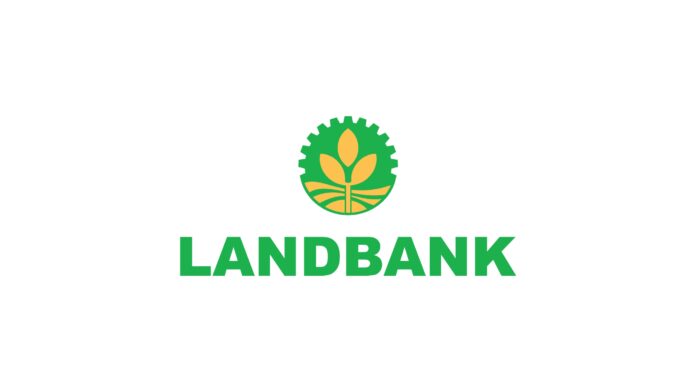The Land Bank of the Philippines on Monday reported extending loans totaling P755.1 billion that benefited the agriculture sector in 2023.
This was 23 percent more than loans a year earlier of only P614.8 billion that financed sustainable projects and public rural infrastructure under the Agriculture, Fisheries and Rural Development Financing Enhancement Act of 2022.
According to Land Bank, loans to the same sector this year is seen hitting at least P825 billion given the expanding requirements of public rural infrastructure and sustainable green projects.
It also said the aggregate disbursement of P755.1 billion to the various components of the agriculture sector accounted for 51 percent of its total loan portfolio.
“As Land Bank’s role in nation-building continues to expand, our commitment to advancing countryside development has remained steadfast. Through accessible financing and support interventions, we are empowering communities and enriching lives, while boosting the national government’s inclusive and sustainable development agenda,” said Lynette Ortiz, Land Bank president and chief executive officer, in a statement.
She said that of the aggregate amount, P255.2 billion financed agriculture, fisheries and rural development (AFRD) backed rural infrastructure projects, such as public markets, highways and transport systems.
Another P186.3 billion supported sustainable projects mitigating climate change and promoting responsible resource management. Also, P118.1 billion was allotted for the processing of fisheries and agri-based products and farm inputs.
Land Bank said efforts in modernizing farming practices and business processes were recipients to a P70 billion loan boost while off-farm and fishery entrepreneurship received P61.6 billion as projects promoting the health and wellness of agri players and beneficiaries were allocated P43.4 billion.
The rest of LANDBANK’s AFRD financing covered various aspects of the agri value chain, including marketing, processing, distribution, shipping and logistics, storage of agricultural and fishery commodities, construction, acquisition and repair of facilities, agri-tourism and agricultural mechanization, among others.







